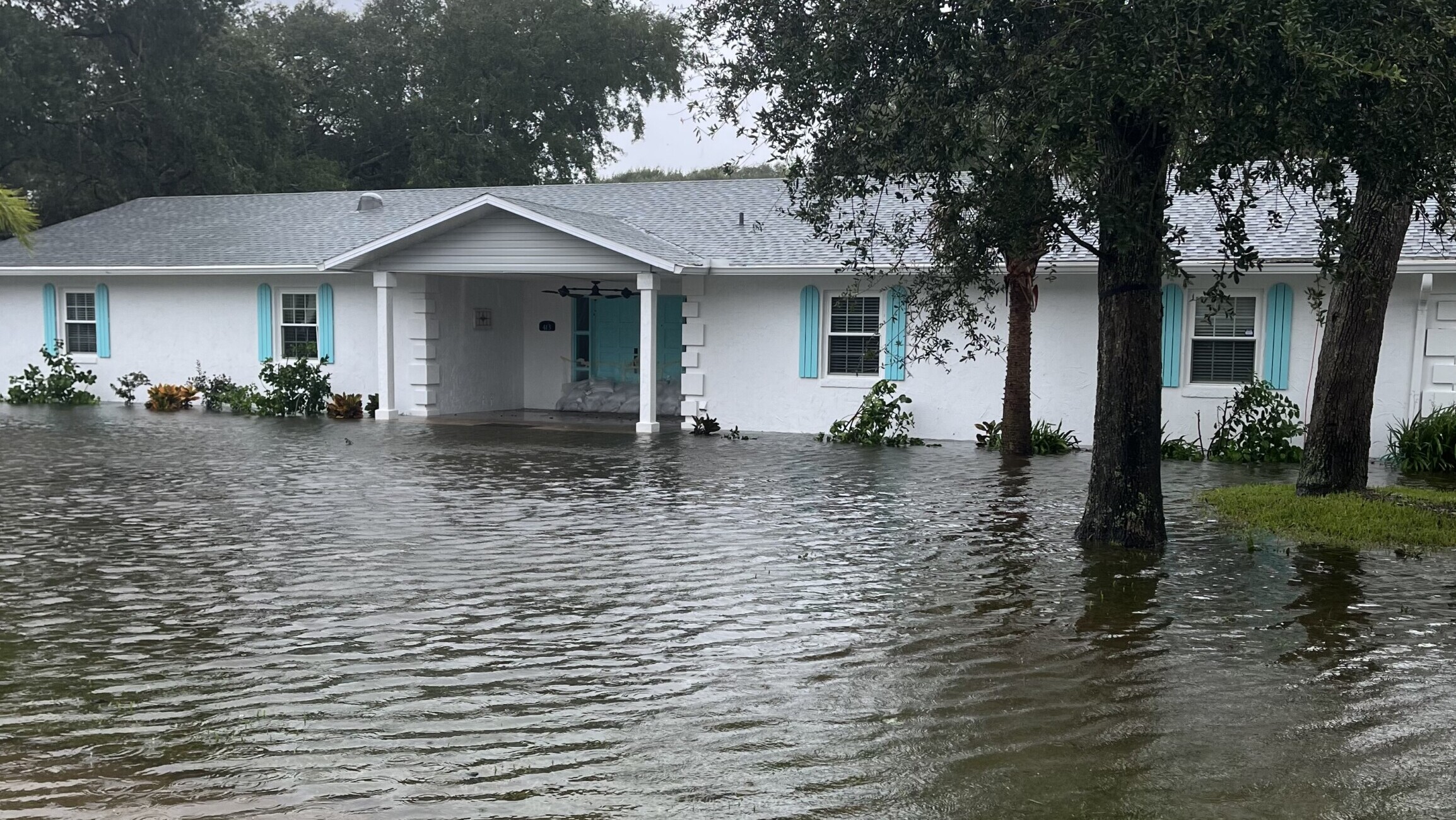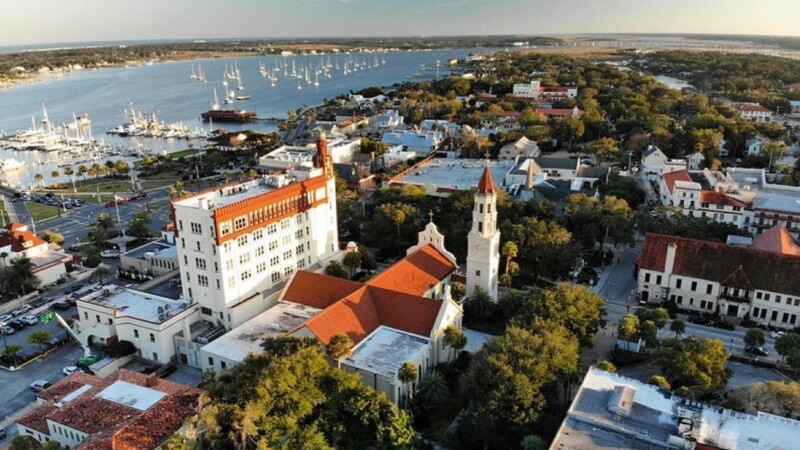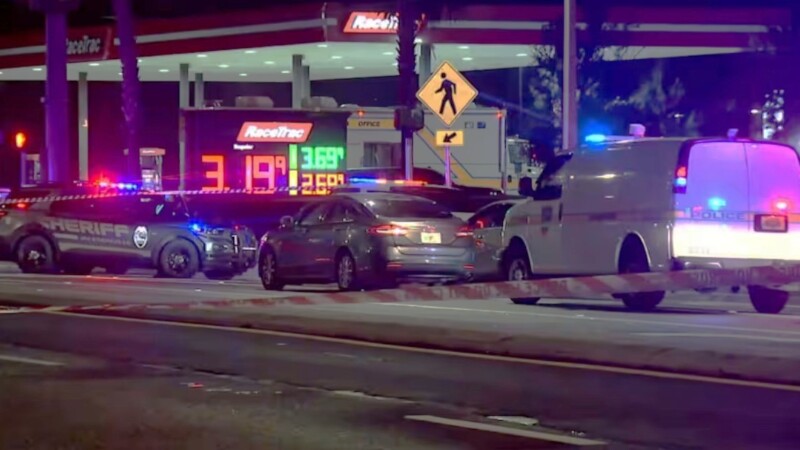With hurricane season underway, Floridians are bracing for storms that could cause catastrophic flooding. Flooding that homeowners in the coastal St. Johns County community of North Beach know all too well.
The future of the federal agency that counties like St. Johns rely on for rebuilding is uncertain, at the same time climate change is fueling rising seas and stronger storms. So, to make sure their fight for increased resilience isn’t silenced, North Beach residents are banding together to amplify their voices in the ears of local, state and federal officials.
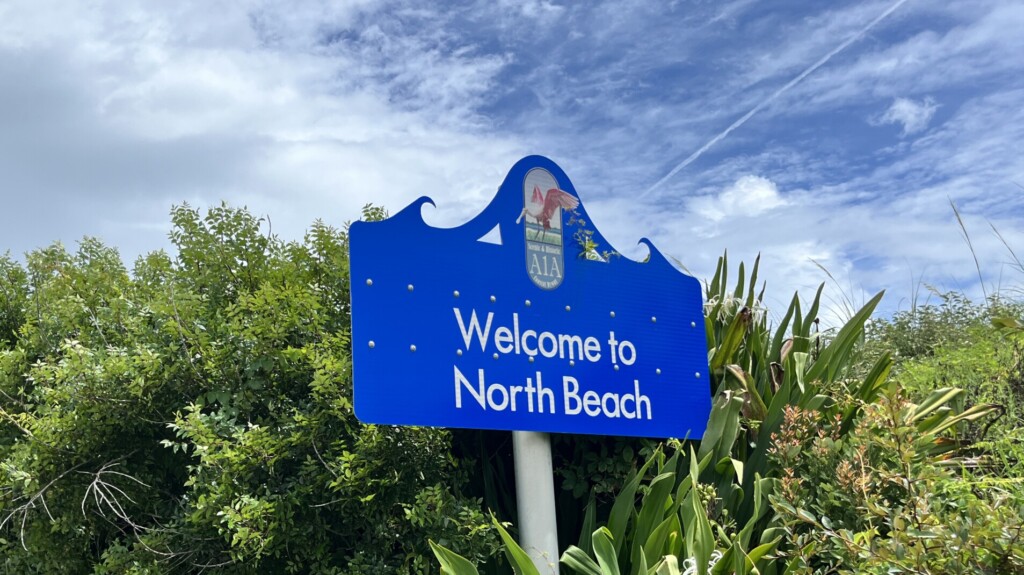
Just over a month after Debbie Dickinson and her husband moved to North Beach in 2022, their new home was waterlogged.
The couple were midway through fixing up their St. Johns County dream home when back-to-back Hurricanes Ian and Nicole drenched Florida’s East Coast.
It was a lesson in how destructive the storms that have the potential to hit Florida every year can be, but also in how badly North Beach — more so than most communities in Florida — needs better infrastructure to fight floods.
That’s how Dickinson says she met many of her neighbors. They stepped up to give her and her husband a dry place to stay.
Three years later, Dickinson is trying to do her part for all of her neighbors. She’s president of the North Beach Community Alliance, a group that mobilizes neighbors to communicate with the local, state and federal government as one voice about their needs.
And those needs are dire — the local group’s No. 1 request is for a seawall to curb flooding. That’s because, Community Alliance Director Sam Tedesco tells Jacksonville Today, all it would take is one bad storm to waterlog the roughly 750 homes in the small community.
“If we got one (hurricane) on the Atlantic side, a (category) 3 or higher, God only knows what would happen in this neighborhood,” Tedesco says. “And if that berm where A1A is ever breaches, the ocean would just completely fill in between here and the river and everybody would be underwater.”
Many North Beach Community Alliance members joined after learning about it on social media.
“It’s not mandatory membership if you live in the neighborhood” and there are no dues, Tedesco says, contrasting her group with homeowners” associations.
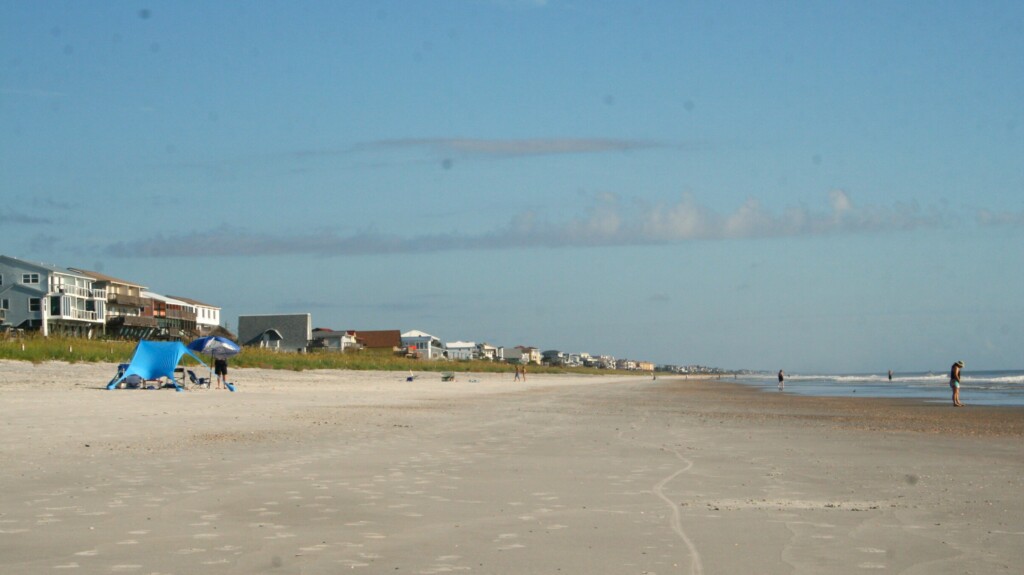
A small community’s big needs
With more than 300,000 people living in St. Johns, the county government isn’t always able to address the needs of every community. What coastal neighborhoods like Vilano Beach and North Beach need are very different — and, often, more expensive — than what inland communities like Hastings and Nocatee need.
Tedesco says groups like theirs are built to cut through the noise and work with the power players constructively.
He says they make a point to not make it an adversarial relationship with officials. You won’t see their members at a County Commission meeting in line to speak and “they’re all wearing the same T-shirt.”
If that’s the only way you’re communicating with the county government, Dickinson says you aren’t likely to get very far.
“Let’s put the anger aside,” Dickinson says. You can ask for constructive change without being mad.”
The alliance’s leadership has found success in one-on-one meetings with county staffers.
“We share with them what we’re hearing from the residents, and we try to understand their perspective as much as we can,” Tedesco says, “so we can go back to residents and explain why certain things are the way they are.”
Beyond the community’s flooding problem, development that would greatly expand the number of people in the small community is also top of mind. Right now, they’re trying to get the county to reconsider a project to bring a resort to a vacant RV park.
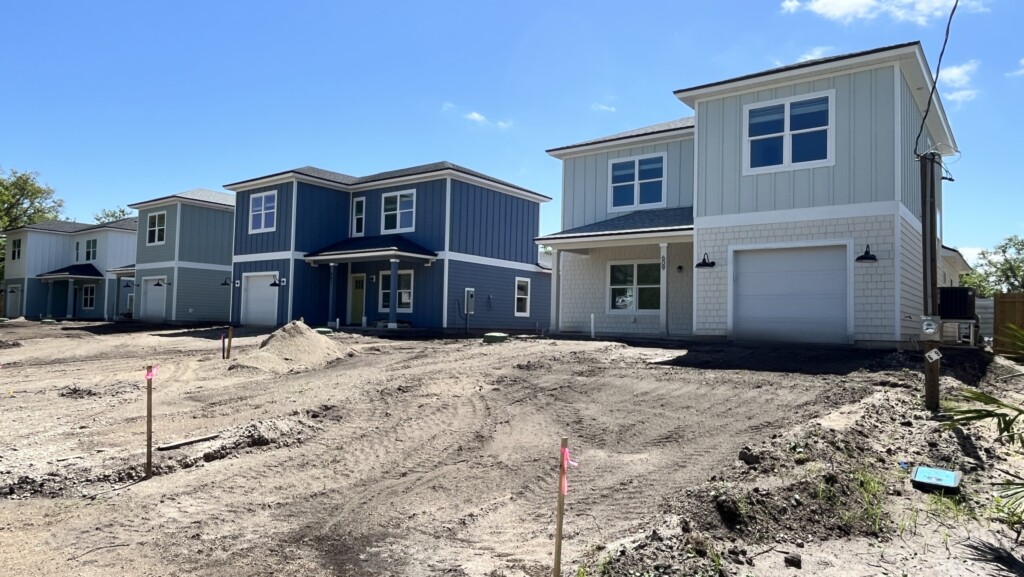
Dickinson, the group’s president, says members of the community want to see a full-scale protest against that proposal.
“We’re hoping that we can deal with it in a calmer kind of manner so it never has to even get to that point,” Dickinson says. “But if it required it, would we do it? Certainly, certainly. I’d go out there and hold the sign right along my neighbors and say ‘No, no and no.’”
And community alliance leaders say, even without waving signs on corners, so far, their more restrained strategy has borne results.
They celebrated a big win last year, when Rep. John Rutherford, a Republican who represents parts of St. Johns and Duval counties in Washington D.C., took a boat tour with other local elected officials of flooded areas along North Beach and neighboring Vilano Beach.
It was an opportunity for the alliance to advocate for their seawall to the people who could make it happen.
“We all got on the boats, and it was a flotilla coming up the river, and I was briefing Rutherford directly on all of the key stops along the way where the seawall project would go,” Tedesco says. “And he was all over it.”
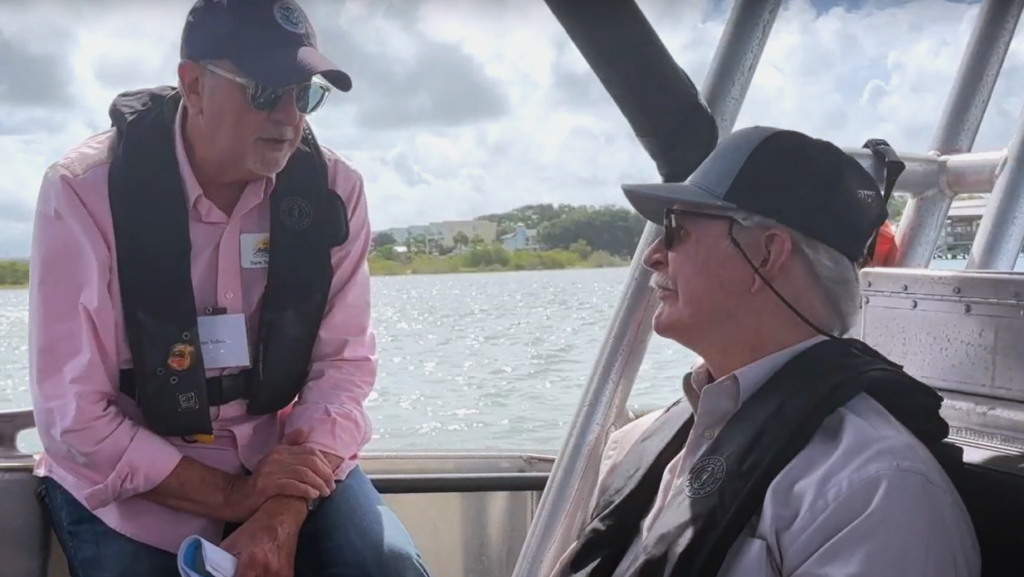
Rutherford committed during the trip to securing funding from FEMA’s Building Resilient Infrastructure and Communities program to help pay for a seawall, along with a local funding match. Compared to FEMA’s typical model of funding recovery efforts after disasters, that program had been a way to build resilience before disaster struck.
“He said he was 100% for the project, and he made it clear that he would do his part in Washington to get the money for us,” Tedeso recalls. “From that perspective now, in light of what’s gone on since the election, especially with FEMA … the county has acknowledged that things are getting more complicated, and it could take even longer than they thought to raise the money for the project before we could even start it.”
Now? Tedesco says, “Who knows what’s going to happen with the federal dollars?”
In April, FEMA announced it was shutting down the BRIC program, calling it “wasteful,” “ineffective” and “politicized.” Then the agency missed its May deadline to open up grant applications that states had relied on for emergency management.
Last month, President Donald Trump said his ultimate goal is to eliminate FEMA as it currently exists, wean states off of the funding it provides and steer all disaster recovery efforts to state governments.
Rep. Rutherford declined to be interviewed for this story. His office also did not respond to requests for comment on the potential elimination of FEMA or the dismantling of the BRIC program.
State Rep. Sam Greco, R-St. Augustine, told Jacksonville Today in April that he and Florida Sen. Tom Leek were working to get $8 million worth of state funding directed to North Beach, but that measure never made it to the state budget signed by Gov. Ron DeSantis July 1.
“We’re pretty much paralyzed right now until we actually hear from the state what we get in terms of funding,” St. Johns County spokesman Wayne Larson tells Jacksonville Today.
The county has been able to complete small-scale maintenance of stormwater systems in North Beach, but in 2023, county staff estimated that a bulkhead built along affected intracoastal areas would come with a $7.3 million price tag.
And construction of a roughly mile-long sea wall takes time, not just for construction, but to get all of the property owners on board.
The county only just recently wrapped up construction on a section of A1A that was damaged by Hurricane Matthew in 2016. That took seven years and around 14 million local dollars on top of funding from the state and FEMA, according to St. Johns County Public Works Director Greg Caldwell.
Caldwell says there is an untapped funding option at the local level, an area-specific local tax, but it likely won’t bring in enough revenue on its own, and those aren’t always popular.
“In North Beach, there’s some areas in there that don’t flood,” Caldwell says. “They would say, ‘What’s the benefit to me? Why would I put in money when I’m not going to receive the impact?’”
The community alliance hasn’t brought home the big-ticket flooding solution neighbors are hoping for yet, but members still believe their approach to working with power players has gotten more attention on local problems than they ever would have working as individuals.
“Coastal communities everywhere are having to face the same problem, and that is, if you don’t do anything, ultimately, you’re going to have to give up this entire community,” Tedesco says.



